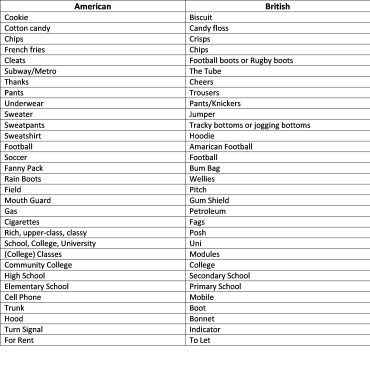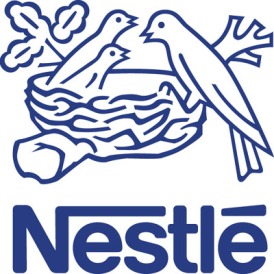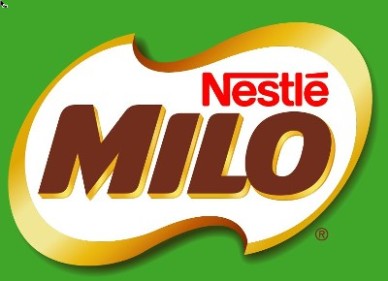COM214: Mass Communications Quiz 1
1] There are eight elements of communication process. Source is the person who initiates the process by having a thought or an idea that he or she wishes to transmit to some other entity. Encoding is the activities that a source goes through to translate thoughts and ideas into form that may be perceived by senses. The translated thoughts and ideas are called messages, the actual physical product the source encodes. Channels are the ways the message travels to the receiver. Decoding is the opposite of the decoding process. It includes activities that interpret physical messages into a form that has eventual meaning for a receiver. Receiver is the person who is the target of the message, or can also be considered as the ultimate goal of the communication process. Feedback refers to the response of the receiver that shape and later subsequent messages of the source. Noise is the interference that disrupts the communication process and can be experienced by both the source and receiver.
Among these eight elements, the most important ones are the message and feedback as well as the receiver. The message has to be straightforward and simple, with specific details if necessary, leaving no room for interpretation. If the message is vague and ambiguous, there might be misinterpretation and message would not get through clearly. Information would be jumbled up and instruction not listened to. The feedback is also an important element due to the fact that it tells the source if the receiver has obtained the message exactly as the source wanted him to. Finally, the receiver is also important because it would determine the formality of conveyed message, be it formal or informal. If the receiver is a family member or friend, the message can be informal but if the receiver of the message is an employee or colleague, the message has to be more formal.
2] Noise is the interference that disrupts the communication process and can be experienced by both the source and receiver. The three types of noises are semantic, mechanical, and last but not least environmental. Semantic noise is disruption caused by different understanding, typically meaning of the same words in different countries. For example, in America, the word ‘chips’ means a thin slice of food (usually potatoes) while in Britain, it actually refers to strips of food (typically potatoes) or commonly known in America as French Fries.

Mechanical noise involves devices used in communication such as television, telephone or ink pen. For instance, the ink used in the pen is running out and as a result, the words written are not clear. This dodgy pen ink is considered as a mechanical noise.
Environmental noise refers to disruptive distractions that are external to the communication process and sometimes is out of the communicators’ control. Let’s say, while one is using the computer to write an email with the aim of informing the employees that there would be a meeting at 8 a.m. sharp, but one suddenly receive an equally important call. This call is known as environmental noise.

I remember the moment when I experience the most embarrassing communication breakdown, which happen due to environmental noise. I was writing a message down to send through instant messaging application, the
Blackberry Messenger and because a friend distracted me by calling out my name and talking to me, I typed in what I was supposed to say and said out loud what I was supposed to type. Since the topics of the two conversations are completely unrelated, the two receivers in the separate communication circle realised what had happened.
3] In interpersonal communication, one person is interacting with other person or group without the aid of mechanical device. The source and receiver in this form of communication are within each other’s physical presence, or in other words, face to face. The noise that can be affecting this communication are semantic and environmental but not mechanical due to the fact that no devices are utilised in this type of communication.
In Machine Assisted Interpersonal Communication, one or more people are communicating through the means of mechanical devices with one or more receivers. This allows source and receiver to be separated by both time and space, but requires two stages, encoding and decoding. Since the usage of mechanical devices is present, all the three types of noises can affect the mass communication.
Mass Communication is the process by which a complex organisation with the aid of one or more machines produces and transmits public messages that are directed at large heterogeneous and scattered audiences. The messages, thus travel though many mediums and requires lots of stages to reach the audience. Thus the messages can be bent or altered accidentally and all three types of noises can affect the mass communication.
4] I think that it matters that I’m not able to tell whether a webcam link to a new band has been made in a bedsit and uploaded by the artist(s) or made to look like that by PR department of a multinational music corporation.
5] The seven trends of current mass communication are:
Audience Segmentation
Segmentation of the mass audience is increasing because:
1. Today’s audience have less available time for media and when they do spend their time on media, they look for content geared towards their special interests.
2.There are more media today to choose from, such as TV, Newspaper, Radio, and Internet.
3. Advertisement have turned from mass media to target marketing
Increase Audience Control
The increase of audience control cause the audience to be able to choose what information they would like to view through filter. These cause easier viewing of medias that we couldn’t do previously, such as experience of filtering videos through Cable TV Networks as compared to the inflexible and low audience control when using VCR. We can also alter the content in the website such as eBay and blogs.
Convergence
Convergence is the method of uniting and focusing. There are three methods to carry out convergence and they are 1. Corporate Convergence (i.e. the convergence of Time and Warner Bros into Time Warner) 2. Operational Convergence (i.e. Recording dialogue and actors acting while making a film), and last but not least 3. Device Convergence (i.e. camera that can both photograph and record visuals as well as audio)
Social media
Social media is the online communications that use special techniques that involve participation, conversation sharing, collaboration and linkage.
Mobile Data
Mobile media consist of Notebooks, iPad, and smartphones.
User Generated Content
User-Generated Content is provided by audience and is enabled by user-friendly technology. An example of a famous online user-generated content is HitRecord, which allows the public to upload their works following a common theme that is free to be interpreted in any way, to create online collaboration.
Multiple Platform
When one says that a content is on multiple platform, it would mean that it is available everywhere and accessible through everything. An excellent example of this is music, as it is accessible from iPod, to smartphone and computers as well as radios.
Mass communication has gone from a fixed menu dinner, where information is given like food on a plate, and audience isn’t able to control the flow of the information receive and digested, to a ‘Vegas buffet’, where audience interacts with the content and not be would inactive in getting information but rather able to choose what they would digest and store in their brains.
6] The reasons to use Social media such as Facebook, Twitter, Path, Instagram and Pinterest are for me to communicate what I’m passionate about, convey my values and believes. Through these social media platforms I can also express my thoughts, share my photographs and ideas as well as inform others about where I currently am or the activities I’m doing (which at this very momment, would be obviously be in front of the computer typing this blog post for COM214 while listening to my mixture of music that I have compiled from different artist.) What’s more is that social media has allowed me to create linkage and affiliation between people who have the same interests and passions. Furthermore, through social media, I can keep in touch with my friends I made over the course of my life and around the world. On top and over that, it is a form of entertainment, as one of Facebook features is games, this would allow me to spend time playing, which I consider a form of stress-reliever.
7] In 10 years, the newspaper industry, like the money industry, would become nearly or completely paperless. Even as you can observe now, there are some companies in the newspaper industry that has gone digital. I’m sure that by a decade time, the millennials might have children of their own, and in that generation time, people would have electronic devices of their own and are connected to the Internet, gaining excess to everything digital. To add to that, the newspaper industry would become environmentally friendly, be it voluntarily or pressured by advocates, thus reducing the amount of printing on any kind of paper gradually until its lowest point of production, zero, nil, no-more paper production, everything in soft-copy. However, on the downside, the newspaper companies might charge for online subscription. Thus, there is a possibility of a shift in those original target market, to those more tech savvy, who are willing to pay for daily news and updates.
8] I get myself updated through different methods, both digital and traditional. Sometimes, I would read hardcopy of Bon Appétit, Epicure, Home And Gardens, as well as other magazines, and newspaper such as The Straits Times, or watch the television, be it BBC News or CNN, maybe even some National Geography. The rest of the time, my eyes would be glued to the computer screen due to the technology available and information accessible just by a click of a button.






